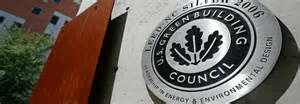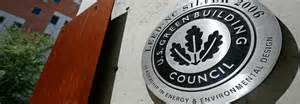 The way to really jump-start the green movement is to convince private enterprises that alternative energy and responsible practices can also help their bottom line.
The way to really jump-start the green movement is to convince private enterprises that alternative energy and responsible practices can also help their bottom line.
Money is powerful and in politics ever-present, as long as leaders of industry believe old practices are better for their profit margins, it will be difficult to make strong headway on tightening regulations. However, though legal regulations may move slowly, money talks and the push by the Leadership in Energy and Environmental Design (LEED) green building rating system has been the impetus for change, raising the standards above legal minimums and in the process birthing evidence that sustainable practices can provide better values than obsolete methods ever did.
The LEED rating system was developed to “evaluate a building’s resource efficiency and environmental impacts.” Under President Clinton the U.S. Green Building Council, between 1993 and 1998, developed what is now the world standard for sustainable building projects. Since 1998 there has been an exponential shift, away from established norms, towards sustainable building delivery systems.





